
Tight Grains vs. Wide Grains
Tight Grains vs. Wide Grains – What makes a good cricket bat?
Let’s start with the basics, cricket bats are made out the finest English willow (Salix Alba Caerulea) trees and each tree has a different rate of growth due to the quality of soil and the amount of water/sunlight available for that willow tree to grow. The ‘grains’ are the natural lines which run vertically on a cricket bat and each grain represents one year of growth for that particular willow tree.
There are lots of opinions and theories out there about what makes a good cricket bat and over the years I’ve found out that it doesn’t matter if a bat has wide grains or tight grains – all bats can perform to the same standard eventually but the difference in grains usually effects the timing of when each bat reaches its peak performance.
In this blog we’ll look at the two ends of the spectrum - tight grains vs. wide grains, giving pros and cons for both in the hope of giving you more knowledge about willow structure/grading so you can make a more informed purchase for your next cricket bat. For the purpose of this blog, we’ll write about a bat that has 13+ Grains against a bat with only 4 or fewer grains.
Have a look at our range here
Tight Grains
Tight grains are caused by the tree growing slowly over a number of years, so the grains are tighter together meaning that the willow is dense and the fibres of the willow are compact - making for a harder structured bat.
A bat that has tight/more grains is usually the preference of modern professional cricketers as these bats are likely to reach their peak performance quicker, so they can start using them as soon as they receive them. Tighter grained bats have a naturally harder surface when the bat has been pressed, so these bats will theoretically would need less knocking in (as you knock in a bat to create a hardened surface by pressing the fibres of the willow together).
This all sounds good right? Unfortunately tighter grained willow does have some negatives, as the willow is denser, it is also heavier. So if you had two bats that were exactly the same shape except for a difference in grain structure then the bat with more grains is likely to be heavier. Tighter grained clefts are likely to include a lot of heartwood which is harder than sapwood (the normal beach coloured willow) - so this could make the cleft heavier and also make the bat too hard and have a negative effect on the willow by being effectively ‘dead’ as it wouldn’t have any rebound properties - similar to when a bat is used too much.
Also another potential issue with narrow grained bats is that they are more brittle - so they are more prone to breaking easier than bats with fewer grains. As many of us have seen over the past couple of years, lots of professional players bats have snapped on TV - this could be down to a number of factors including light pressing, low moisture content and tight grains, however as they can get bats whenever they want they don’t mind - they just want pure performance.
Wide Grains
As you may have guessed, bats with fewer grains are pretty much the opposite to the tight grain bats - so the part of the willow trees that wide grain bats have been made from have grown quickly (so there is further width between the grains), so the fibres of the willow are further apart making for a lighter weight cleft.
The advantages of having a bat with fewer grains is that it should last a long time if properly looked after (regular oiling/sanding etc) and when it reaches its peak performance, it will stay at that level for a longer time and make for a great bat. Being lightweight also has a major advantage by being able to have a bigger sized bat for the same weight - so you are able to have more mass to be able to hit the ball further once knocked in properly.
Performance of fewer grained bats is one of the general concerns many people have - however as mentioned earlier on, it’s a case of timing and endeavour to get the best out of the bat. Where tight grained bats are usually seen to reach their peak performance quickly, it’s the opposite case with wider grained bats - as the playing surface is softer, so the more that it’s knocked in and played with the better it will get.
Conclusion
In this blog, we have written about the two extreme variations of grains you can get in cricket bats which wider grained bats would be graded lower and the tighter grained bats would normally be the higher graded bats - assuming they are straight and evenly spaced without any defects (butterfly stains/specs etc).
We believe the best grain structure is usually around 8-10 straight, evenly spaced grains as this offers the best of both ends of the scale - by being lightweight and also reaching its peak performance very quickly, however these come at a premium cost as they are the best of the best (in theory) - something like the image below which is one of the nicest bats I’ve seen.

Cricket bats cost a lot these days and not everyone can afford to go through bats like the professionals do, so it’s important to weigh up what you want from your cricket bat - When purchasing your next bat, you do not need to break the bank to get a very good bat - however the higher graded (more expensive) bats are likely to get to their peak performance quicker - however if you’re willing to persevere with a bat and spend the time knocking it in, you can get a great bat at a snippet of the top prices.
Please also take into account that willow is a natural product, so the following blog is only a guideline. Our bats are graded on the grains of the bat, as that's how it's done from the source of our willow - we press our bats to get the best out of every single bat. So no matter the grade, you're going to get a great bat from PRYZM Cricket.


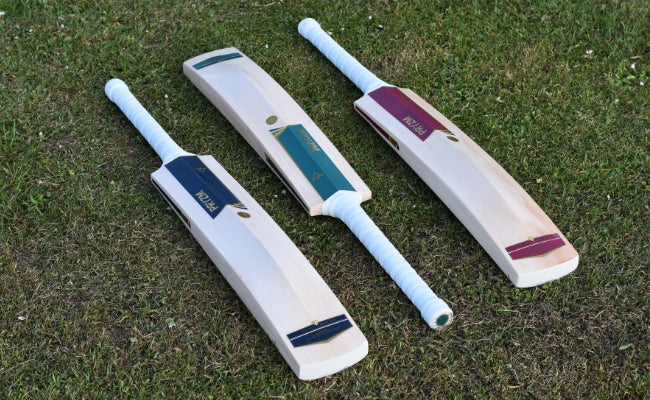
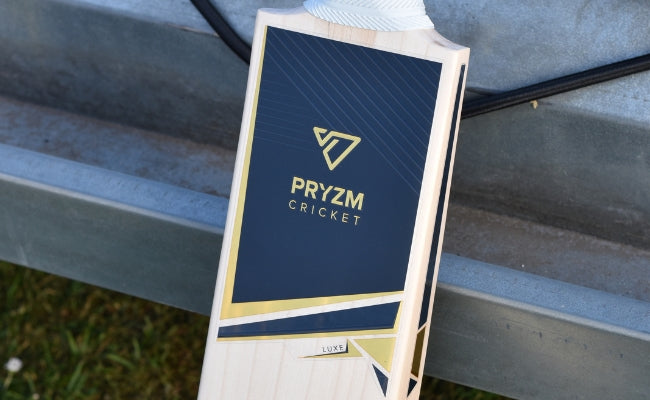
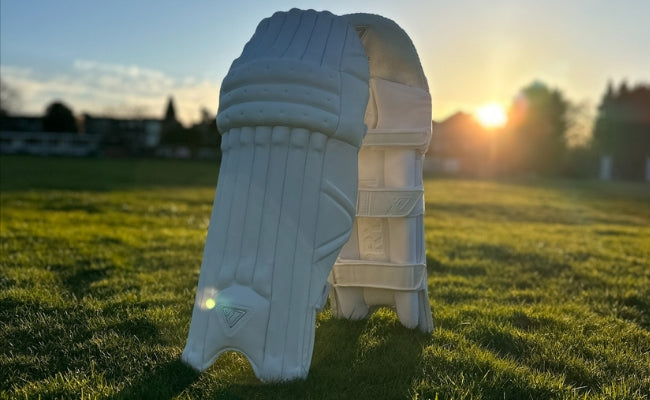
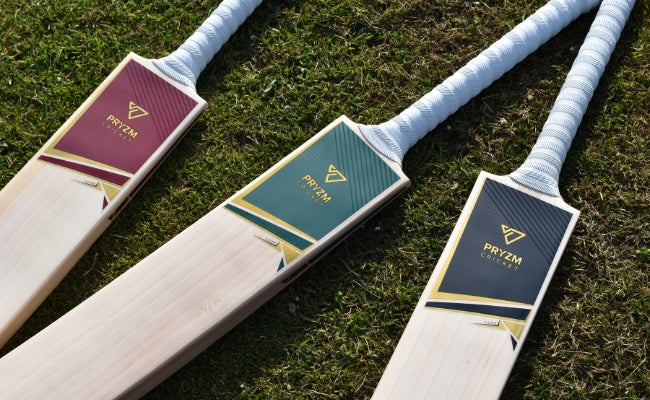

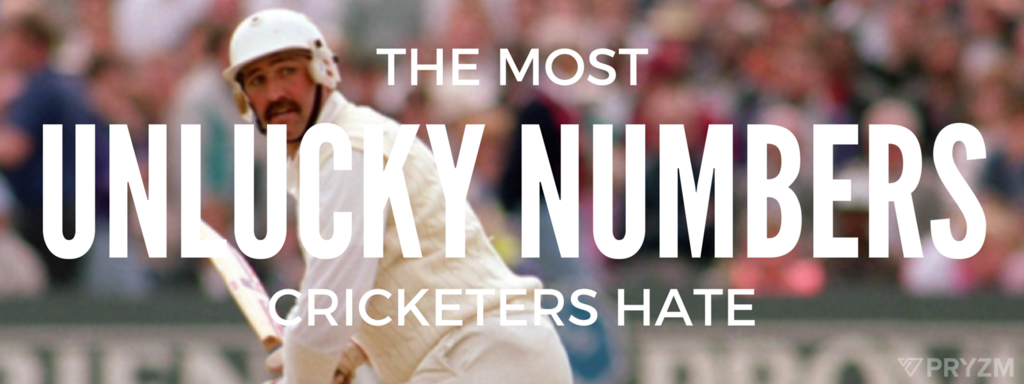
3 comments
I am a player myself and every word in the above essay is true… its wrong notion that a bat with more grains is better where that all is a cosmetic factor nothing to do with performance. It just make you feel better and confident only, if you are after a good Bat then check its rebound quality 1st then the looks… I play with Arks Crown.
Romy Sehra
I just purchased A NEW balance dc10180 and paid around £265 sterlings, and it got 9 grains, initially i thought the cricket bat with 12-15 grains are GRADE 1.
The bat was advertised as grade 1 but i can see a knot on the face of the bat at the top, hiding under the sticker. I am not sure having a single knot means the bat is grade 2 or grade 1.
This is bit confusing.
Sal.
Salman Sayeed
I know very much about willow & grains . So I learn which type of Bat I want to purchase Thaks
Altaf Hussain
Leave a comment
This site is protected by hCaptcha and the hCaptcha Privacy Policy and Terms of Service apply.